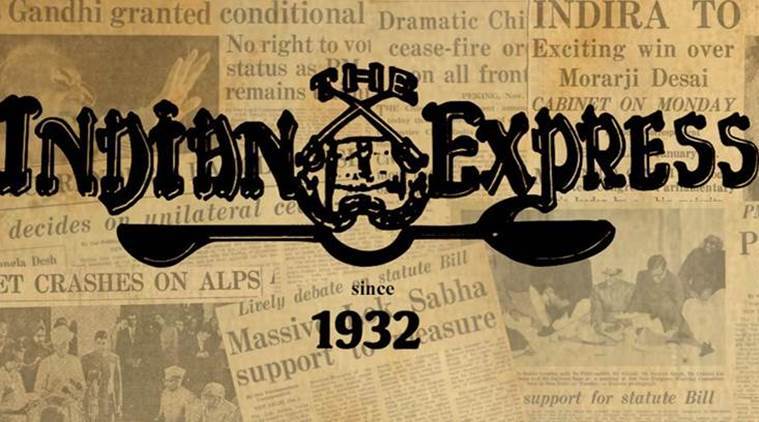 Now that apex court has ruled on judge Loya’s death, attention must turn to need for due process in Sohrabuddin trial
Now that apex court has ruled on judge Loya’s death, attention must turn to need for due process in Sohrabuddin trial
The Supreme Court on Thursday said there is no reason to set up an independent probe into the death in 2014 of Judge BH Loya, and unambiguously struck down the petitions calling for such an investigation. It said that there was no cause to doubt the statements of four judges on the circumstances that led to the death of the judge who was hearing the Sohrabuddin Sheikh fake encounter case, in which BJP president Amit Shah figured as an accused before being discharged by the judge who replaced him. Controversy had erupted over the manner of the death of Justice Loya in November last year. In January this year, the four senior-most judges of the apex court who went public with their concerns about the functioning of the court, and who spoke of the Chief Justice of India selectively assigning cases with “far-reaching consequences” to junior judges, had also cited the Loya case. Now that the apex court has ruled on the matter that had gathered extraordinary political attention and that was catapulted to the centre of the fraught relationship unfolding between the executive and judiciary — an investigation by this paper had also not found any evidence to invite the suspicion that Justice Loya’s death was unnatural — it must be hoped that the spotlight shifts to the case which lies, as it were, at the beginning, but which may have been crowded out of the public attention span.
Reports have flagged a series of unnatural things in this case. Earlier this year, (retired) Justice Abhay M Thipsay, who ruled on four bail pleas in the Sohrabuddin case, spoke in an interview to this paper of “absurd inconsistencies” in the legal process, of high-profile accused being discharged selectively, of abrupt transfers of judicial officers, of bail being granted after being repeatedly denied for several years, of an inordinate number of witnesses turning hostile. For him, all these added up to the “failure of justice and of the justice delivery system”, and he called for the Bombay HC to exercise its powers of revision to relook at the case. By all accounts, the impression of justice not being done, or being undone, in this case seems justified. Among other irregularities, witness statements have been believed in the case of some accused and disbelieved in respect of others who were discharged — with the former being senior officers and the latter relatively junior. Bail applications remained pending for years, during which period judges’ assignments changed. At last count, 50 witnesses had turned hostile.
The media gag orders issued in the case by the special CBI judge presiding over the trial — later struck down by the Bombay High Court — only underlined the impression that there was something to hide. Usually, the accused feel safer if the trial is more open to the public gaze. In this case, however, the accused sought to prohibit the media from covering the proceedings. The curious proceedings in the Sohrabuddin fake encounter case deserve more scrutiny and vigilance than they have received so far.